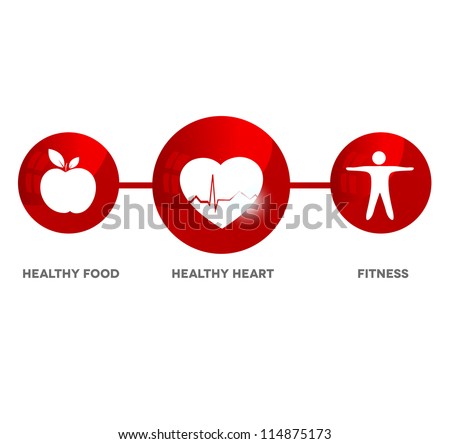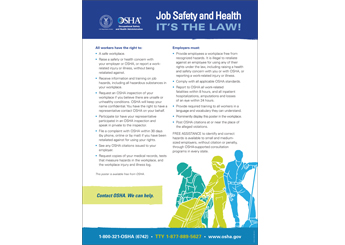Comply with These Suggestions For Getting The Perfect Health Insurance coverage
 There are lots of people out there that have nice anxiousness as it becomes the best time to get health insurance, and for good purpose. Whether you’re on the lookout for a person, family, or group medical insurance plan, you need to make sure that you have recommendation like the recommendation in this article to provide you a great information.
There are lots of people out there that have nice anxiousness as it becomes the best time to get health insurance, and for good purpose. Whether you’re on the lookout for a person, family, or group medical insurance plan, you need to make sure that you have recommendation like the recommendation in this article to provide you a great information.
When traveling out of the state or in another country, test together with your medical insurance firm first to ensure you are covered for sickness or damage. Especially for those who rely on Medicare for medical health insurance, you might not need to journey far to be outdoors your insurance coverage company’s network.
Offering your family with dental insurance coverage, not solely helps to promote the well being of their tooth and gums, however their our bodies, as effectively. Research has linked periodontal disease with strokes and coronary heart disease. … Read more
 The Centers for Disease Control and Prevention (CDC) and the United States Division of Agriculture (USDA) jointly launched a report on the lower in obesity among young children enrolled within the Special Supplemental Vitamin Program for Women, Infants, and Kids (WIC). The research, revealed in CDC’s Morbidity and Mortality Weekly Report (MMWR) , found that obesity amongst 2 to 4 yr old kids enrolled in WIC decreased from 15.9 percent in 2010 to 14.5 percent in 2014. The prevalence of weight problems decreased amongst all racial and ethnic teams and amongst 34 of the fifty six WIC State Businesses included within the report. The info for this examine have been based mostly on the weight and height measurements taken during WIC certification visits and submitted by State Businesses to USDA for the WIC Participant and Program Traits biennial reviews.
The Centers for Disease Control and Prevention (CDC) and the United States Division of Agriculture (USDA) jointly launched a report on the lower in obesity among young children enrolled within the Special Supplemental Vitamin Program for Women, Infants, and Kids (WIC). The research, revealed in CDC’s Morbidity and Mortality Weekly Report (MMWR) , found that obesity amongst 2 to 4 yr old kids enrolled in WIC decreased from 15.9 percent in 2010 to 14.5 percent in 2014. The prevalence of weight problems decreased amongst all racial and ethnic teams and amongst 34 of the fifty six WIC State Businesses included within the report. The info for this examine have been based mostly on the weight and height measurements taken during WIC certification visits and submitted by State Businesses to USDA for the WIC Participant and Program Traits biennial reviews. Since you by no means know when you will get identified with a disease or break one thing, you need to be prepared. You possibly can undergo any form of medical points and through the monetary stress associated with it when you’ve got the right kind of health insurance. Read these tips to learn more about health insurance.
Since you by no means know when you will get identified with a disease or break one thing, you need to be prepared. You possibly can undergo any form of medical points and through the monetary stress associated with it when you’ve got the right kind of health insurance. Read these tips to learn more about health insurance. There are some things that we do quite nicely in the United States – barbeque, as an illustration. There are other issues at which we’re much less successful – resembling healthcare.
There are some things that we do quite nicely in the United States – barbeque, as an illustration. There are other issues at which we’re much less successful – resembling healthcare. Eye care is a topic most people know nothing about. Certain, everyone knows that you buy glasses when you’re unable to see, however what extra is there? If you wish to study all about caring to your eyes the right approach, the information and methods discovered in this article will be sure to allow you to out.
Eye care is a topic most people know nothing about. Certain, everyone knows that you buy glasses when you’re unable to see, however what extra is there? If you wish to study all about caring to your eyes the right approach, the information and methods discovered in this article will be sure to allow you to out.